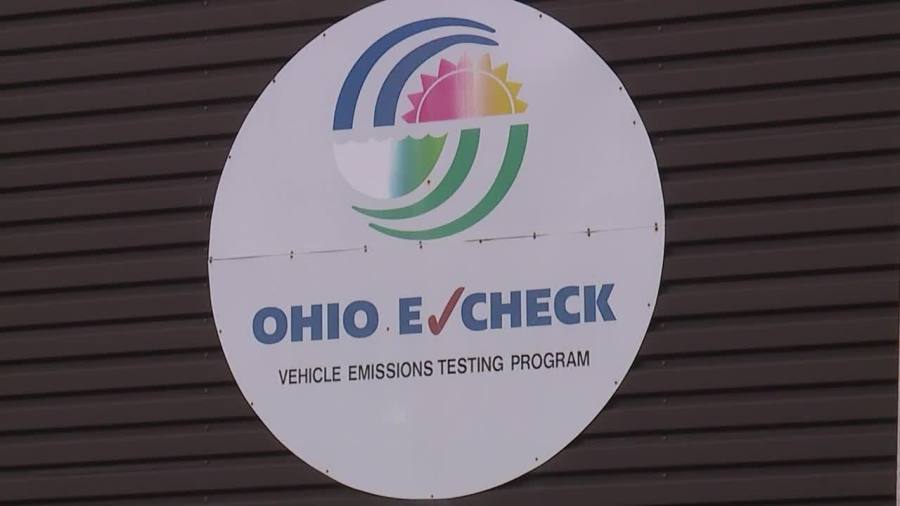Ohio’s E-Check Program Faces Possible Termination
For many years, vehicle owners in seven Northeast Ohio counties have been required to undergo emissions testing every two years as part of the state’s mandatory E-Check program. This process has been a standard requirement for drivers looking to register their vehicles. However, this long-standing regulation may soon come to an end.
The E-Check Ease Act, recently passed by the Ohio General Assembly, marks a significant step toward ending the program. The legislation allows car owners to obtain an alternative emissions certificate, which could replace the traditional testing process. Additionally, exemptions will be expanded to include vehicles that are six years old or newer. This change is expected to simplify the registration process for many drivers.
State Rep. Bill Roemer (R-Richfield) has been a strong advocate for the changes. He mentioned that the Ohio EPA submitted a full proposal last week to the U.S. Environmental Protection Agency (EPA) for approval. This proposal represents the final step needed before the E-Check program can officially end.
Roemer highlighted the financial burden the E-Check program places on residents. According to his calculations, Ohio spends over $12 million annually to operate the program. Additionally, he noted that residents spend over 1 million gallons of gasoline each year just driving to and from testing sites. This cost is particularly challenging for low-income individuals who often drive older vehicles and must pay up to $300 for repairs. In some cases, they even take time off work to complete the testing.
“This will eliminate that hardship,” Roemer said. “It will save money and make people’s lives easier.”
Currently, only residents of Cuyahoga, Geauga, Lake, Lorain, Medina, Portage, and Summit counties are required to comply with the E-Check program. If the U.S. EPA approves the proposal, the program could potentially end before the end of the year.
The U.S. EPA has not provided a specific timeline for its review but issued a statement expressing its commitment to working with Ohio to achieve air quality goals while supporting economic growth. The agency emphasized the importance of ensuring State Implementation Plans are in place in a timely manner to continue improving air quality and remain consistent with the Clean Air Act without imposing unnecessary costs or red tape.
If approved, the end of the E-Check program would mark a major shift in how vehicle emissions are managed in Ohio. It could also serve as a model for other states considering similar changes to their own emissions testing programs.
The potential termination of the E-Check program reflects a broader conversation about balancing environmental concerns with the practical needs of drivers. As the state moves forward, it will be important to monitor how these changes affect both air quality and the daily lives of Ohio residents.






